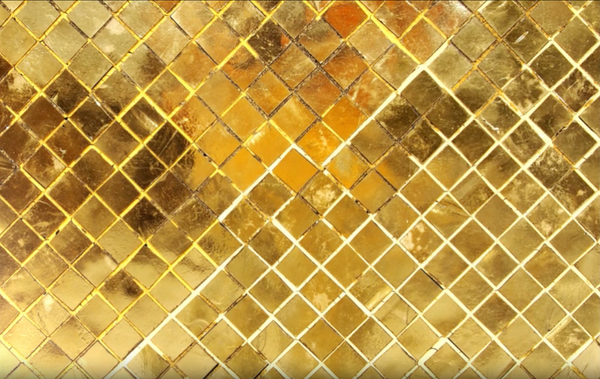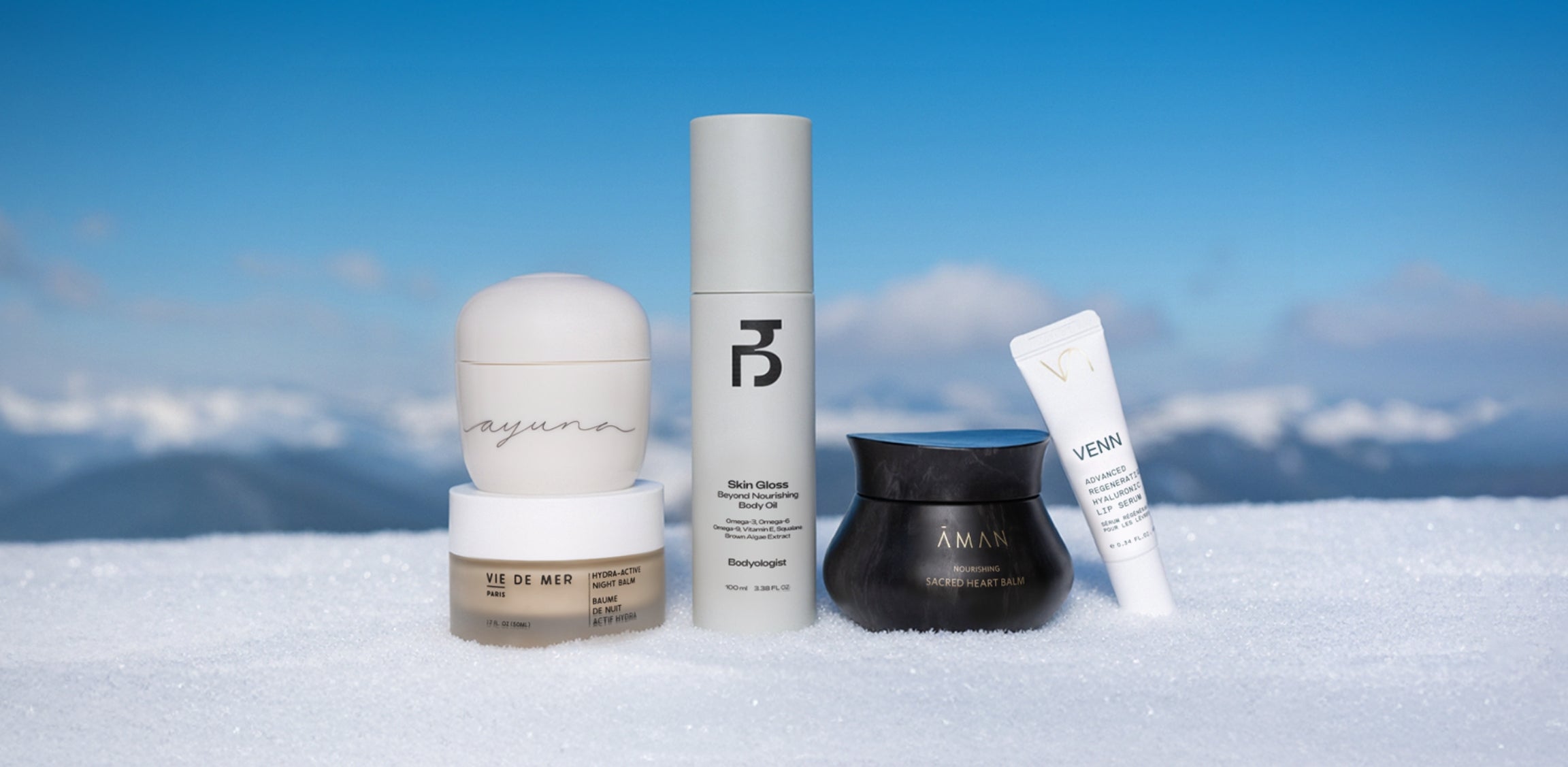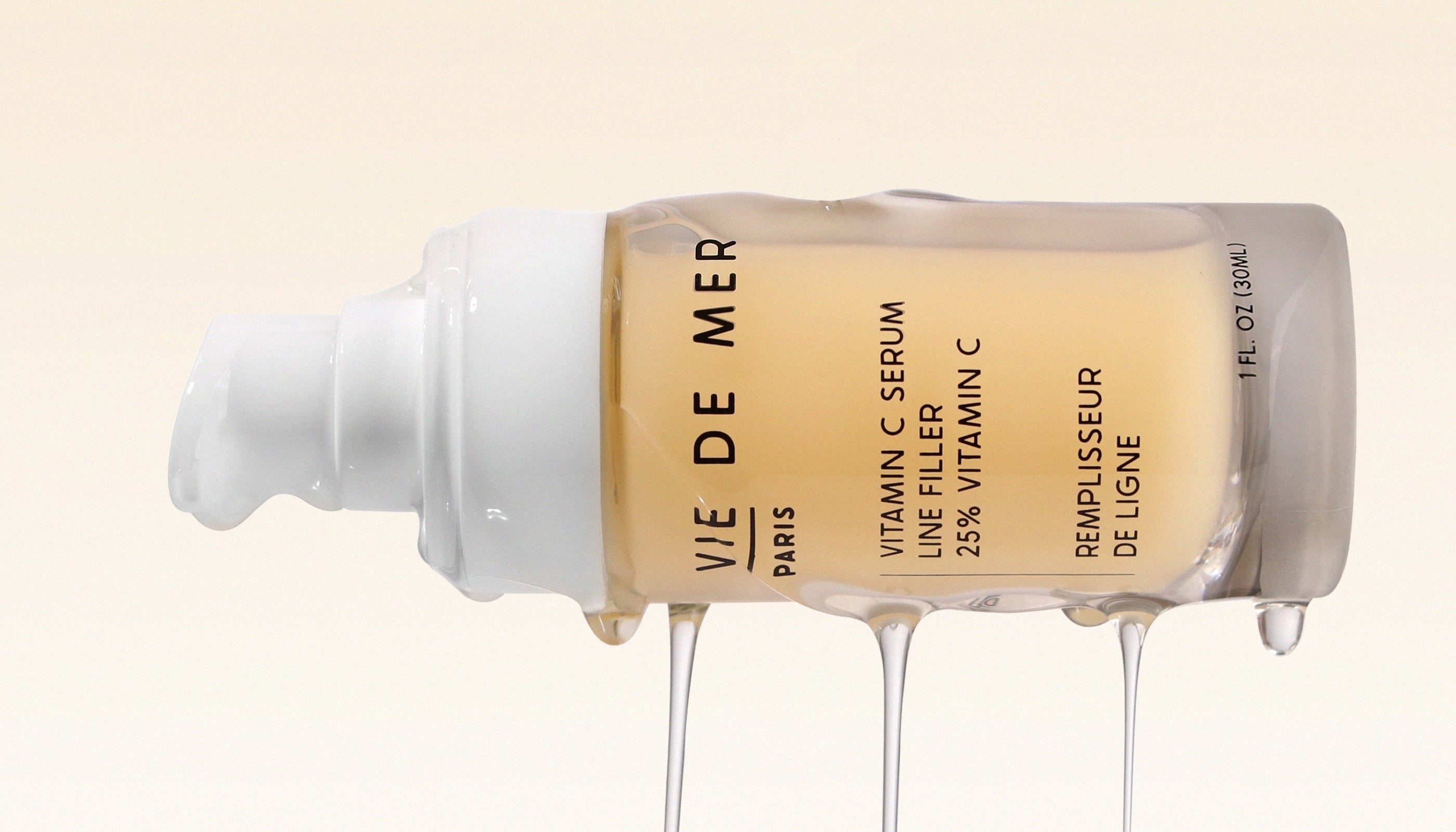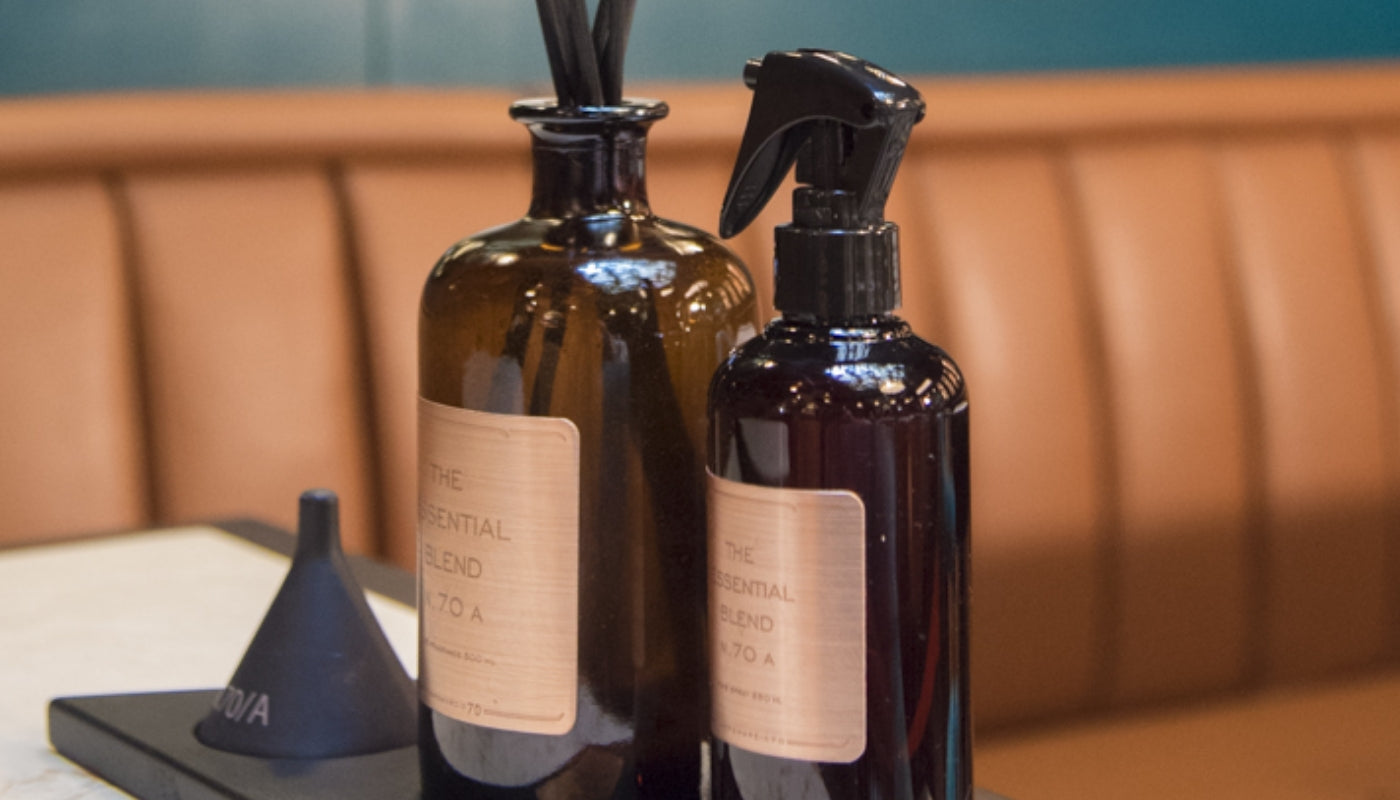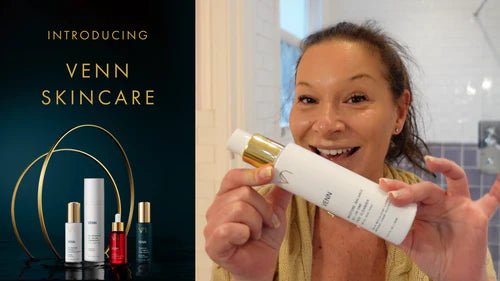
Understanding Rosacea and How to Treat it
/ By Martin van Vuuren
Rosacea is more common than we would like it to be and even though the symptoms can be quite clear with indicators that arise as signs quite early on, they can also be easily brushed off to the unsuspecting eye.
But what is Rosacea? Who is likely to be affected by it? And what are the common triggers? Let’s delve into everything you need to know about rosacea and what is the solution to the different stages you might be experiencing.
Usually affecting people with fair skin more commonly due to their naturally thinner skin texture, Rosacea is an inflammatory condition characterised by a localised warm, itching sensation, redness, and visible blood vessels. This is a sign that the skin condition is sensitive and reactive, making it prone to Rosacea as a result of both internal or external factors, as well as genetic inheritance.
Ultimately, if dealt with appropriately and treated in due time using the right products, the signs may almost nullify, rendering the condition dormant. Manifesting in a variety of different ways, Rosacea presents itself in different grades and subtypes. In order to best treat it, it is important to identify your Rosacea grade and monitor the defining triggers to improve your symptoms.
stage 1
Stage one is a red flush that appears on your skin, almost as though you’ve just gone for a run. This may last a few minutes before settling down. This is referred to as the butterfly effect, referring to the change in the colour of the skin.
stage 2
Stage two is the appearance of the same flush; however, it will last a lot longer and will be accompanied by visible blood vessels on the surface of the skin.
stage 3
Stage three is a further progression in the condition where the skin structure will have changed, and the skin will appear bumpy and almost rash-like.
Up until this stage, treating it topically and understanding the triggers can soothe the symptoms and bring it back down. However, if Rosacea continues to develop without focusing any attention on treating it, it completely alters the structure of the skin, making it irreversible as it essentially continuously creates layers of skin one on top of the other.
When Rosacea flares up, it can affect people very differently, which is why it is important to listen to your body and the signs it's giving you. Rosacea triggers can range from temperature, food, beverages, ingredients, alcohol, and various environmental and internal factors. Thankfully, there are several things you can do to help from eliminating inflammatory triggers to incorporating a skincare routine that tackles Rosacea's symptoms.
Trying to identify triggers that cause flare-ups can immensely help with the journey, giving you an added advantage to tackle it faster. Whilst that may sometimes mean eliminating things we enjoy doing, eating, or drinking; it is important to remember that inflammatory reactions can subside within the body if you give yourself a long period of rest and let your tolerance almost rebuild itself naturally as you slowly reintroduce the triggering ingredient back into your life.
tip
HAVE YOUR COSMETICS GOT ESSENTIAL OILS IN THEM OR ALCOHOL INGREDIENTS? THESE CAN BE PARTICULARLY AGGRAVATING TO THE SKIN.
so, you have rosacea? what can you do about it?
A concept we continuously talk about at Embassy of Beauty is a compromised lipidic barrier, which is essentially the skin’s shield. Being diagnosed with Rosacea means that your lipidic barrier has been damaged and would need to be continuously reinforced. Another aspect of Rosacea that needs to be addressed is the skin’s hypersensitivity.
With Rosacea, your skin is reactive to various factors, which essentially causes capillary disruption in your skin, resulting in them becoming more active. This is why you will be able to see them on the surface of the skin. A third branch to Rosacea is inflammation. We all have inflammation mechanisms in our body; however, our bodies react to it very differently. This is where the burning and tingling sensation comes in.
what products can you use to treat rosacea?
lait e.v
The first step would be to cleanse your skin daily with Lait E.V. It nourishes and protects your skin, whilst offering moisturising and anti-ageing properties. Infused with Vitamins E and F, which are packed with cellular extracts and essential fatty acids, Lait E.V. is made up of a rich formula that helps leave the skin feeling comforted.
sÉrum colostrum
The second step would be to seal your skin in with hydration using the Biologique Recherche Sérum Colostrum VG, which delivers the most intense hydration and helps reduce irritation; making your skin feel more comfortable.
Injected with potent water plantain extract, the Sérum Colostrum provides additional nourishment and comfort to inflamed skin.
sÉrum erythros
The third step we recommend following it up with in your routine is the Biologique Recherche Sérum Erythros, which diminishes red veins and is the perfect companion for skin affected by Rosacea.
The innovative rosacea treatment instantaneously diffuses redness and prevents the formation and dissemination of capillaries, inflammation and visible redness.
crEAM III
Time to apply a moisturiser in your routine, Ayuna Cream III, which is specifically designed for sensitive skin, adds a layer of moisture to reinforce the lipid barrier and help the skin start to repairing itself.
Cannabis Sativa and Turmeric Cell Cultures work together to visibly diminish the signs of distress that appear on the skin due to the inflammatory condition.
cellular oil
Last but not least, the Ayuna Cellular Oil seals in the routine with its powerfully revitalising ingredients.
Using the latest green technology, stem cells from the Millennial Olive Tree are fused with Hazelnut and Sweet Almond Oils, creating an exquisite combination that leaves the skin feeling rejuvenated and calm.
tip
AVOID EXFOLIATING OR USING ANY ACTIVE INGREDIENTS THAT CAN BE TOO STIMULATING ON THE SKIN IF YOU HAVE ROSACEA.
Shop for your rosacea treatments in-store at the Embassy of Beauty or online at embassyofbeauty.co.uk
